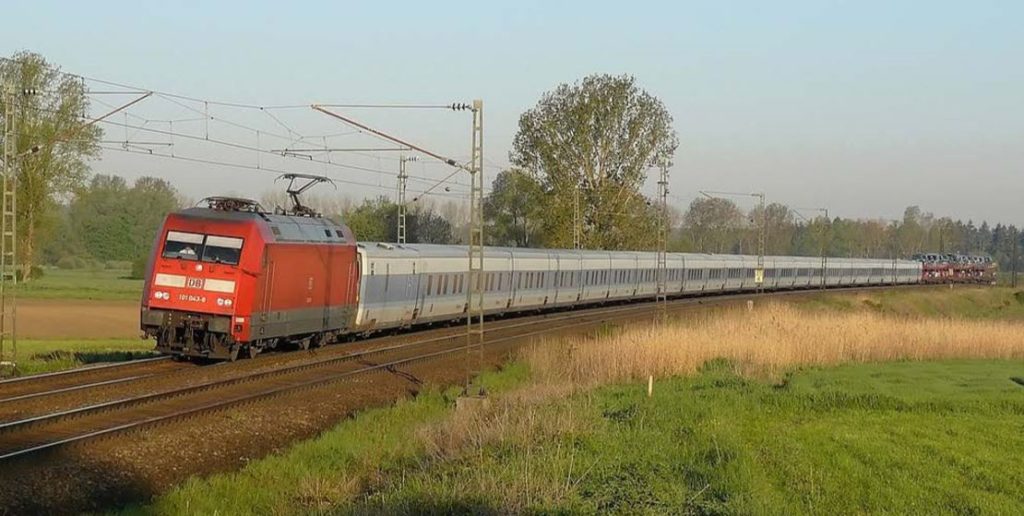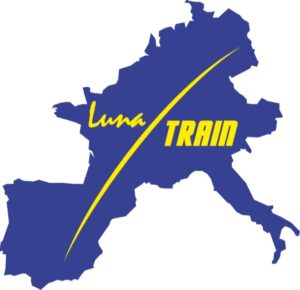A quick return of the night trains!
The association notably defends, when appropriate, the principle of a freight/passenger mix for these night trains, so that the pooling of traffic and the synergy between quantity (freight) and quality (passengers) make it possible to exceed the break-even point.
Thus, for each potentially relevant transport route, the association is the contracting authority for the economic and technical feasibility study and then, where appropriate, the implementation of this renewed night train offer. Each study will conclude on the feasibility, or not, of a purely passenger or mixed freight/passenger “Lunatrain”, with or without transitional or permanent public aid.
Infrastructure managers such as SNCF Réseau, DB Netz, LFP Perthus support the association’s approach and participate in the financing of the first study. Two French Regions have also decided to support the first study carried out by Objectif train de nuit.
To be effectively and relevant in logistics chains, rail freight needs to be:
- On-time
- Scheduled
- Fast
- Reliable
One solution: Combining passenger and freight carriages
In return, the passenger component benefits from the financial contribution of freight to the payment of traction costs and the costs of using train paths.
The mixed freight/passenger train (F/P) by pooling these costs and optimising capacity makes it possible to make rail traffic profitable, as it would not have sustainable economic models in isolation in the absence of public subsidies.
The FP train is the solution for recreating efficient night-time rail services for passengers and shippers.
The mixed train takes advantage of the seasonality of passenger and freight demand to optimize train filling.…


The sad disappearance of night trains (2000 – ?)
2009: The Swiss Federal Railways (SBB) leaves the night train market, taking the last night train out of Switzerland, the Geneva – Rome night train.
2012: Last night train Zurich – Geneva – Barcelona.
2000-2010: most night trains disappear in Europe.
A striking example: France










